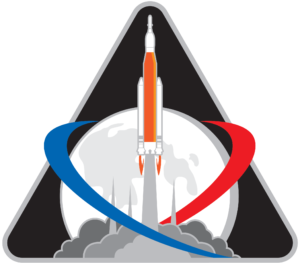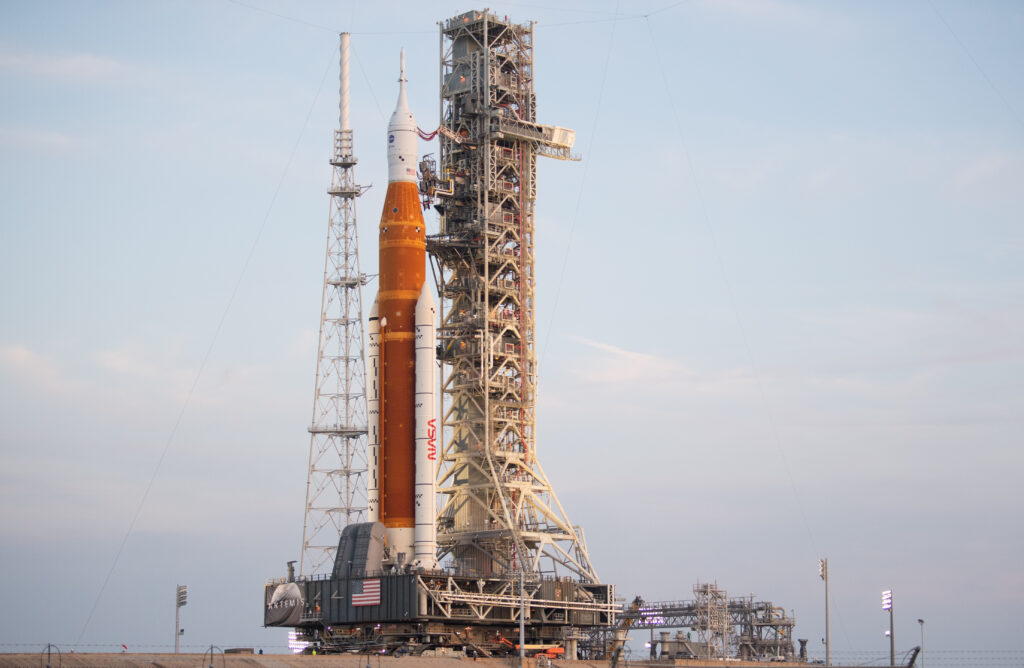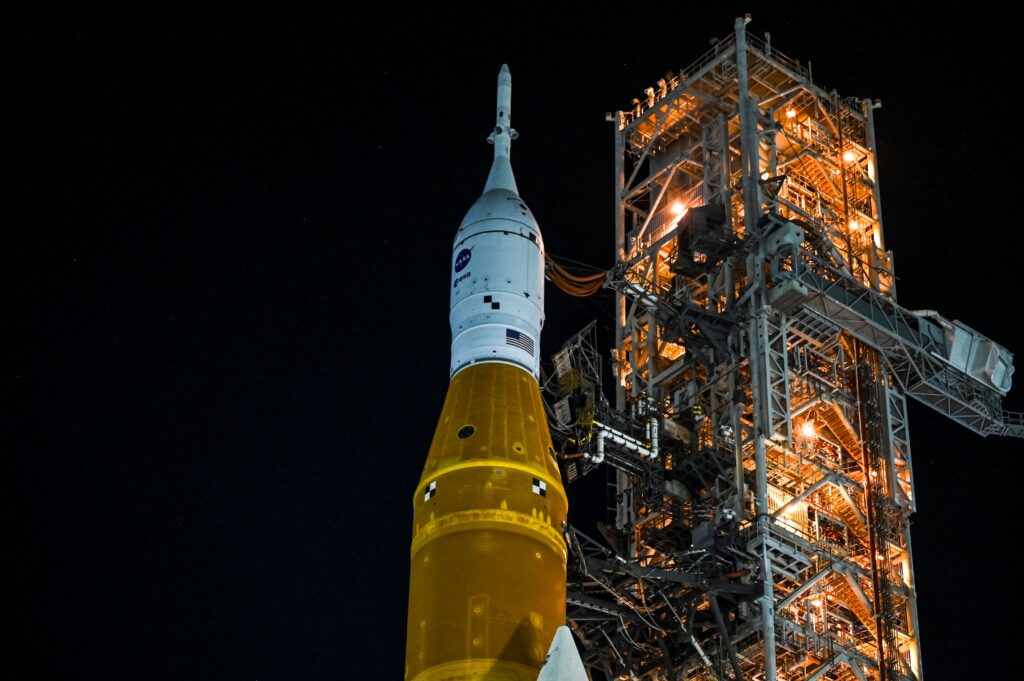By: Mihika Rajeev
NASA’s Artemis 1 plans to fill in a missing piece in the puzzle of the universe. Artemis 1, named after the Greek goddess of the moon, will “enable human exploration to the Moon and Mars” as stated in the NASA website. If the unmanned rocket succeeds in its first mission, testing whether the rocket can carry astronauts, then the possibilities are past the stars. This flight is designed to test two main parts of the rocket, the SLS mega-rocket and Orion spacecraft. However, the launch date has already been reset twice. The first was due to a faulty reading on a sensor while the second was because of a hydrogen leak. The new launch date is set to be September 19.
The Plan
“This is not a letdown,” Astronaut Victor Glover explains. “This is understanding how these things work, these really incredibly complex machines that we want to try to integrate human beings in.”
With human lives depending on the rocket’s competency, the scientists are clearly not taking any risks. The rocket will take a little over a month, 42 days to be exact.
To mimic human passengers in the flight, dummies made of human tissue will be placed inside. In total, there will be four dummies. One fully formed mannequin will be placed in the commander’s seat with a special orange spacesuit which will measure the radiation levels. The Israel Space Agency and the German Aerospace Center made two other dummies with only heads and torsos which will have radiation detectors in them. The final mannequin, based on the beagle Snoopy from Peanuts, will be used as a zero gravity indicator.
The Mission
By the middle of this decade, the program is aiming to send astronauts back to the moon. In recent decades, scientists have discovered that at the south pole of the moon there are large amounts of water ice. Since water contains oxygen, future astronauts may be able to stay there longer. NASA has “identified thirteen landing regions near the lunar South Pole.” With new information, like this for example, we may be able to establish a permanent presence on the moon. This could lead to more exciting discoveries and revelations.
As Neil Armstrong said, “one small step for man, one giant leap for mankind.” Now, fifty-three years later, we look back at his words and think of how far we have come from then. We have flown by Jupiter, Uranus, Neptune, and Saturn. We have launched space stations and we have landed on comets. Now with Artemis 1, we will take another giant leap for mankind.





